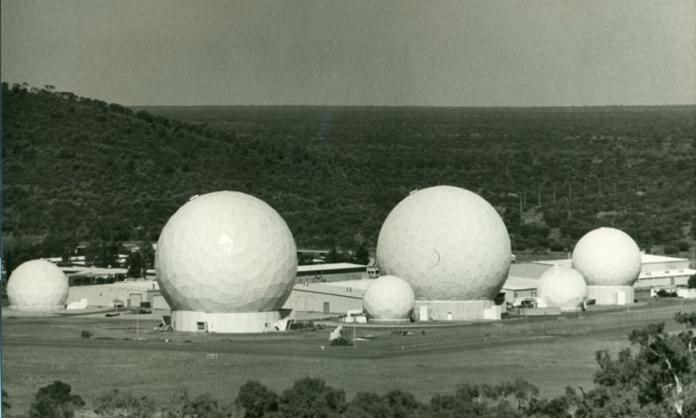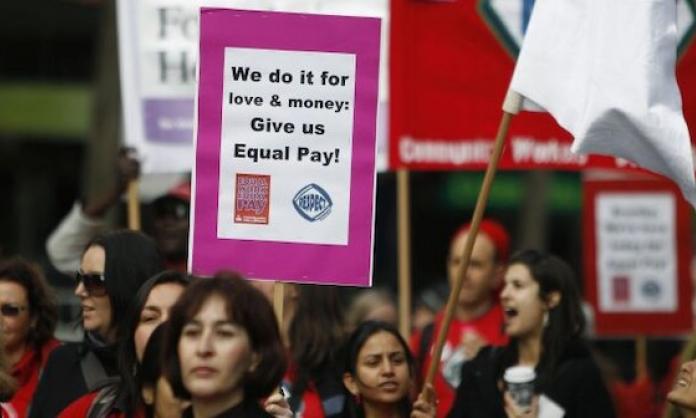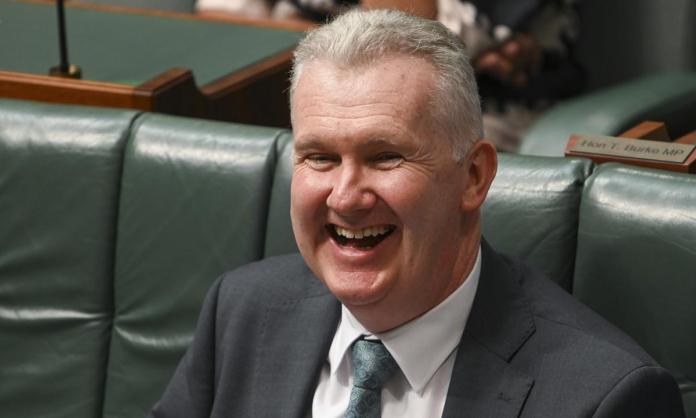Seven-year-old Aishwarya Aswath and her parents arrived at the Perth Children’s Hospital emergency department in the early evening of Easter Saturday. Aishwarya had been lethargic and had a fever and diarrhoea for 24 hours. She had never been particularly ill before. So the family could not have known that she had developed an infection in her blood and needed urgent attention. But they knew that the hospital would be the best place to get help.
The emergency department was busy. After Aishwarya’s temperature was taken, the family was told to wait. Her parents tried several times to have her seen by a doctor. By the time one noticed her condition two hours later, Aishwarya was already crashing. Despite the efforts of the medical emergency team, the girl described by her parents as “full of life” didn’t make it. After spending a sleepless night with the body of their daughter, the family went to the press the next morning to voice their anger and disappointment.
The death of Aishwarya Aswath has drawn attention to a broader crisis in the Western Australian healthcare system. Investigations from the press and comments from staff revealed that, on the night Aishwarya came to hospital, the emergency department was four doctors short, and nurses who usually staff the waiting room had been pulled away to attend to other medical emergencies.
In fact, nurses from the Children’s Hospital emergency department have gone to management more than ten times in the last six months to voice their concerns over staffing, the lack of beds and the dangerous lack of a dedicated, experienced triage nurse in the waiting room. The emergency department staff at the Children’s Hospital are not an exception in feeling stressed to breaking point. Frequently, nurses report burnout. Junior doctors are breaking down and crying at the end of their shifts.
Rather than acknowledge the real, systemic and life-threatening problem in our hospitals, Health Minister Roger Cook and hospital management have thrown healthcare workers under the bus. The hospital’s internal review revealed that staff shortages may have had a role in Aishwarya’s death, but rather than draw the obvious conclusion—increase staff and demand more funding—the hospital executives referred two junior nurses and one junior doctor to the health registration body. One nurse was stood down. The messaging from executives could not have been clearer: blame the staff and don’t ask questions about the state of the healthcare system.
The problems in the healthcare sector are not specific to Western Australia. Around the country, pressure has been building on public health systems, with chronic understaffing, insufficient numbers of beds and ambulances, and underfunding.
But the parlous state of the sector highlighted by Aishwarya’s death has prompted a fightback here. The Australian Nursing Federation and the Australian Medical Association organised a snap protest on 25 May. Despite the short notice, more than 1,000 healthcare workers travelled from across Perth to rally outside the Children’s Hospital.
Nurses came with their own homemade signs, banged giant clappers and made good use of the plastic horns handed out by the union. “We always complain about how hard things are in the break rooms”, one mental health nurse said of the atmosphere. “But today we were all out in public together. It felt great.”
Addressing the rally, Roger Cook was greeted with cynical laughter and the occasional jeer. “We don’t trust a word Roger Cook says”, said a medical scientist who works at Path West. “He’s broken his promises too many times.”
The head of the nurses’ union, Mark Olson, declared that the rally was the first of more to come. A nurse who works at Bentley hospital was pleased with Olson’s comments but added, “We should have been fighting for years. It’s appalling that we have got to a situation where kids are dying in emergency wards, the places where they should be saved”.
A group of rank-and-file healthcare workers have organised a forum for the evening of 7 June to discuss what can be done to fight for a better healthcare system in Western Australia.







